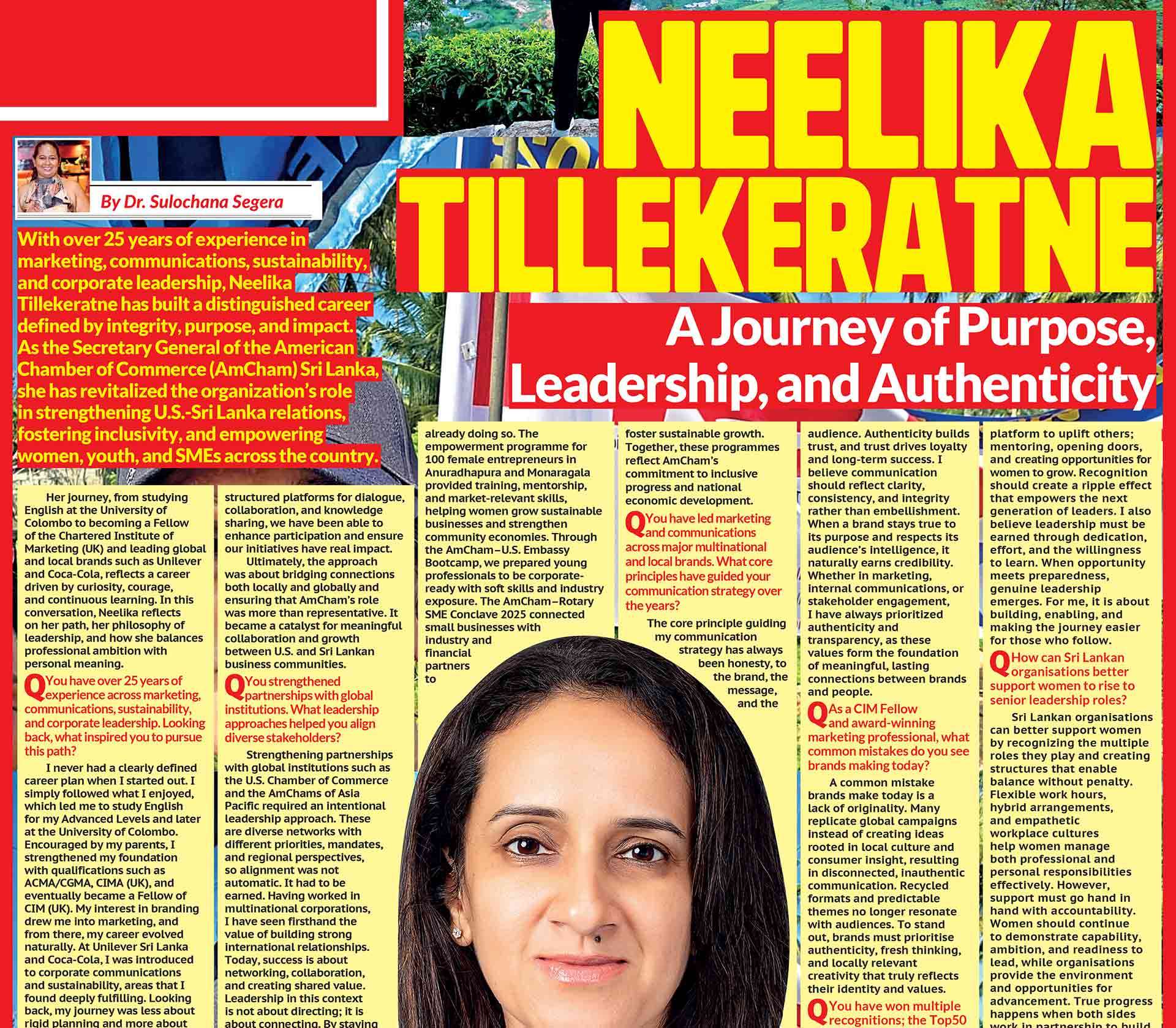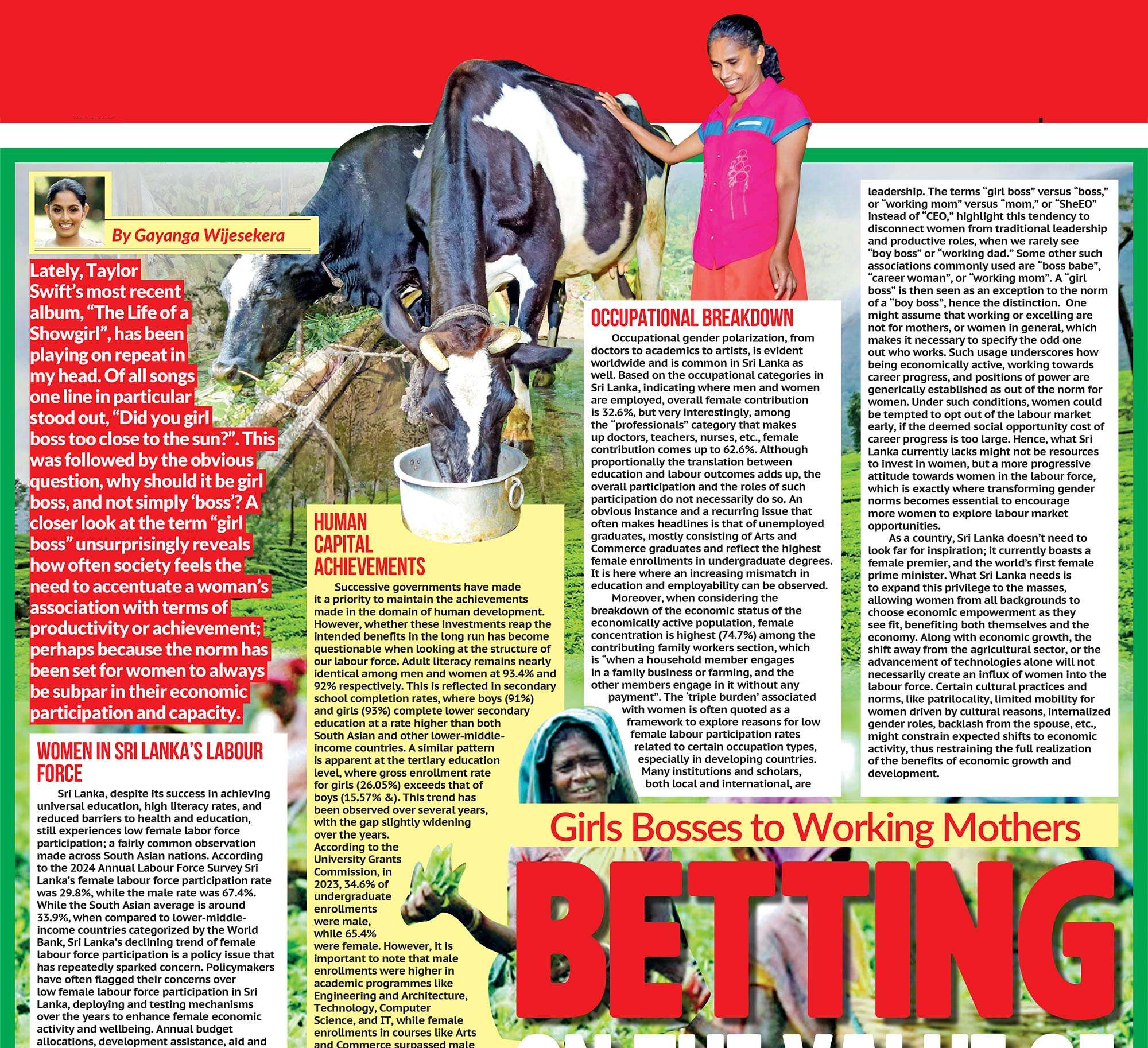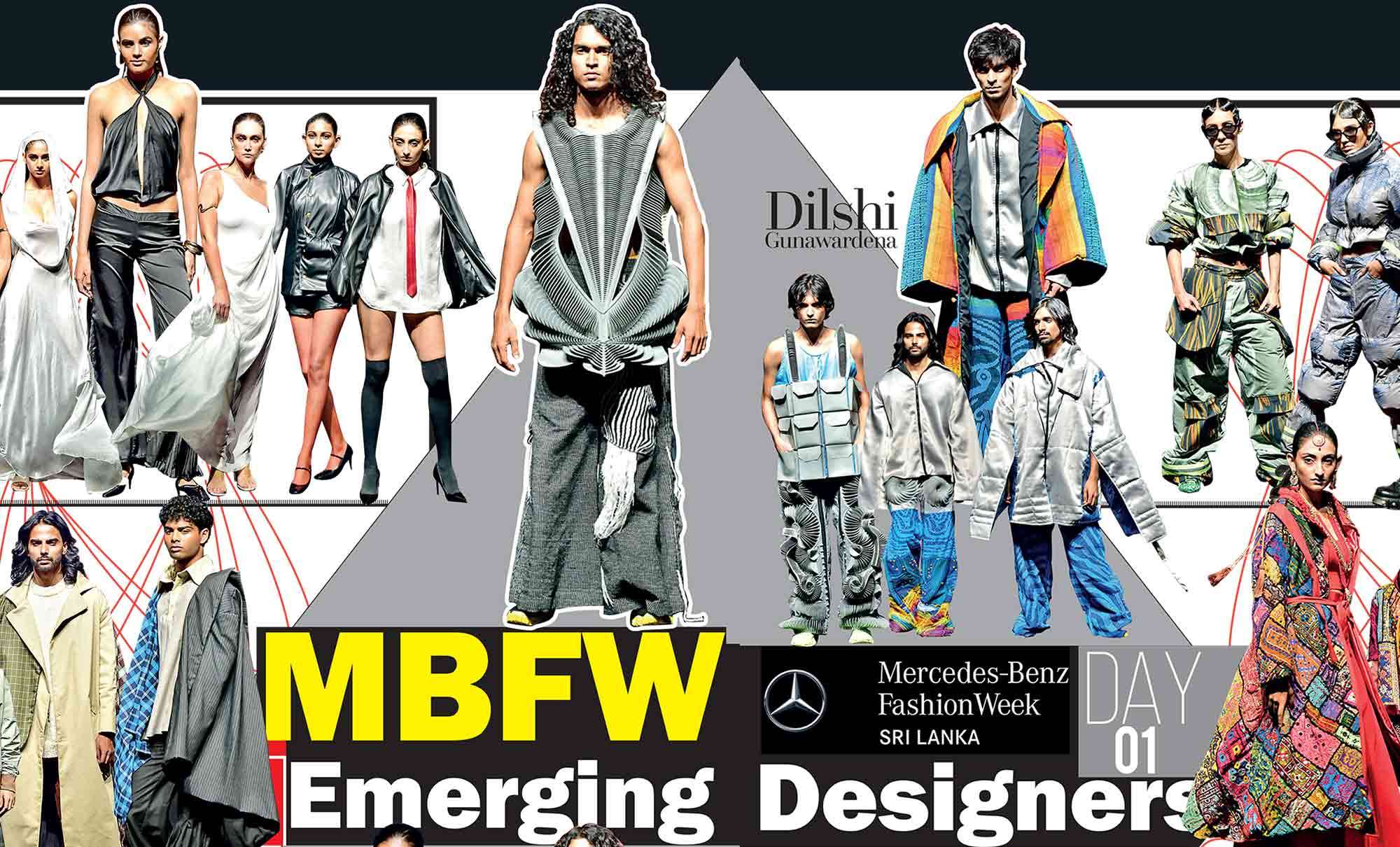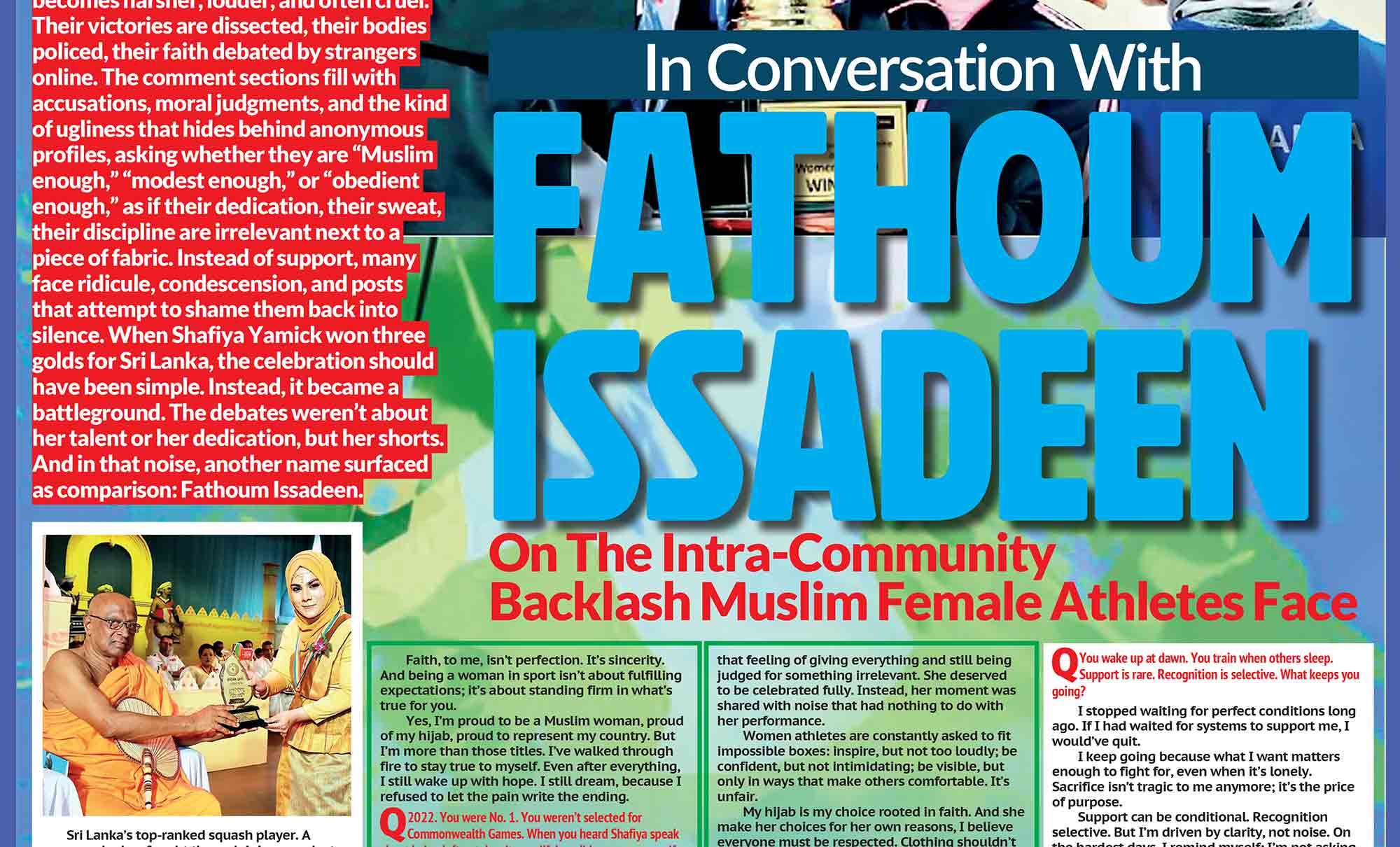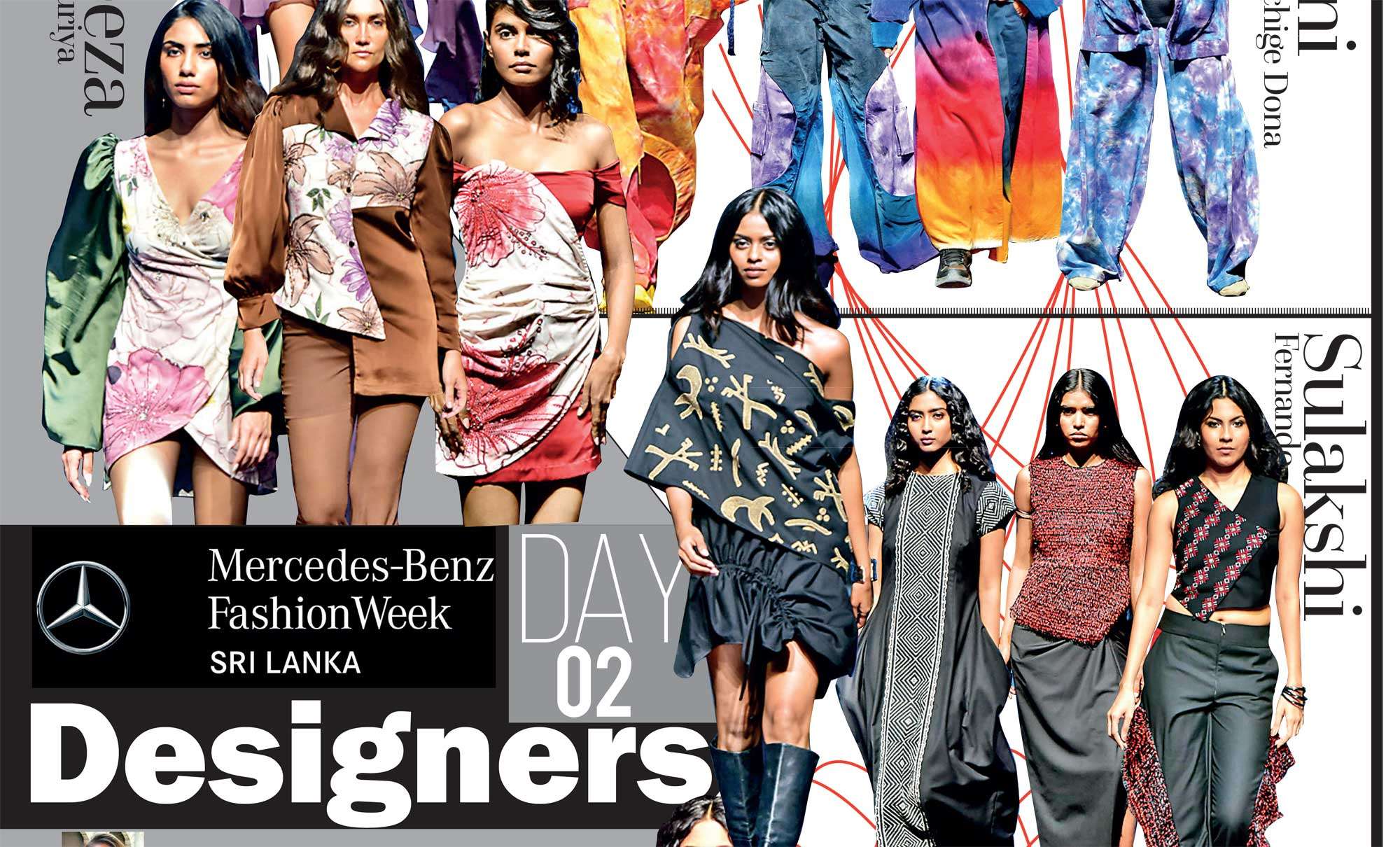
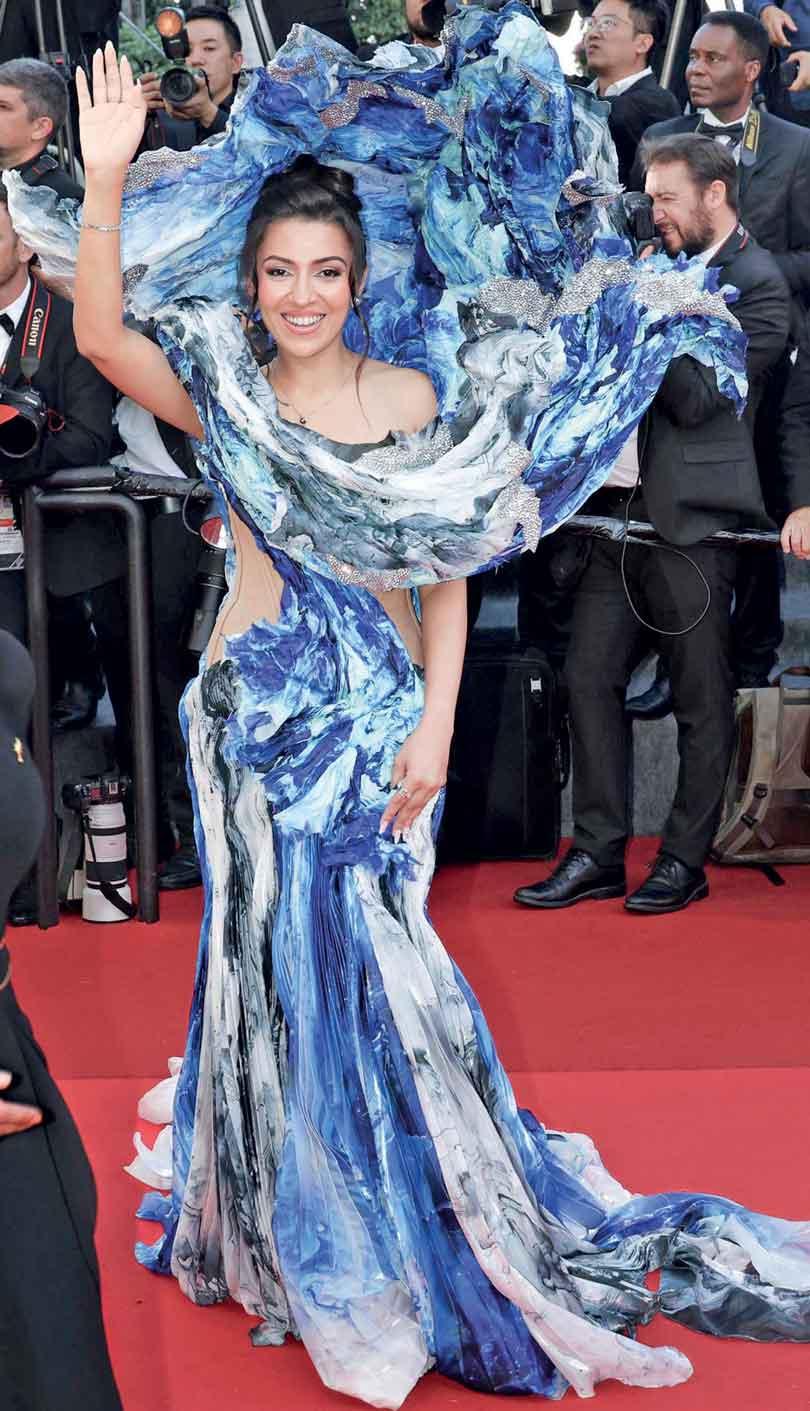
The collaboration between Greenpeace and Nguyen Tien Truyen is a compelling example of what that could look like. The designer himself, celebrated for pushing creative boundaries, embraced the challenge.
Each May, the world turns its gaze to Cannes. The red carpet becomes a global stage, one where glamour, storytelling, and symbolism collide. Designers from across the world showcase their most audacious couture: sweeping trains, sculptural silhouettes, hand-beaded elegance, and moments of pure artistry. But this year, amidst the sparkle and spectacle, two women stood out for a reason far beyond fashion. Their presence was not just about high style; it was about high stakes.
Juhi Vyas and Mohini Sharma, both prominent Indian beauty queens and changemakers, used their appearance at Cannes 2025 to send a powerful message, one that echoed far beyond the French Riviera. As titleholders and passionate advocates, their red-carpet walk was more than a celebration of beauty and achievement. It was a statement about the climate crisis.
The two women wore custom couture gowns designed to tell visual stories about our heating planet, stories of fire and flood, of rising temperatures and rising tides. The project was a bold and timely collaboration between Greenpeace India, Greenpeace South Asia, and acclaimed Vietnamese designer Nguyen Tien Truyen, known for his emotionally evocative, avant-garde creations.
Juhi Vyas, Mrs. India, 1st Runner-Up (2022) and Mrs. Globe People’s Choice Winner (2023), became the first woman from Chhattisgarh to grace the Cannes red carpet. She did so in a striking ombré gown that transitioned from deep ash to burning orange and red; a fiery silhouette that symbolised the intense heat waves plaguing India and South Asia. It was a dramatic interpretation of the continent’s reality, where climate extremes are no longer future projections but daily life.
Mohini Sharma, founder of Mrs. Femme International and Mrs. India, is a powerful advocate for women’s empowerment and representation. Her gown was a sweeping masterpiece in oceanic blues and layered textures, evoking waves, sea foam, and marine ecosystems. It was a visual metaphor for our rising seas, increasingly polluted waters, and the environmental toll borne by coastal communities. There were no banners, no signs, and no slogans. Just two women walking with purpose. Couture became their canvas. Climate was their cause.
“Red carpets are built for attention. So why not use that spotlight for something bigger?” Gayani Punchihewa, Deputy Programme Director, Greenpeace South Asia.
Gayani Punchihewa, who led the creative vision behind the project, noted that this was a deliberate choice to move beyond traditional forms of protest and embrace narrative-led advocacy. “Fashion has always been about self-expression, but in today’s world, it must also be about collective responsibility. This was a chance to combine beauty with urgency, to tell the story of climate change in a way that people don’t scroll past.”
In a world where climate headlines are frequent but fleeting, emotionally resonant imagery matters. And the Cannes red carpet, with its worldwide audience and real-time coverage, offered the perfect opportunity. This initiative is part of a broader movement within fashion, one that reimagines the industry not only as a creator of trends, but as a platform for transformation. As environmental crises deepen and calls for sustainability grow louder, designers and brands are being asked to align their aesthetics with ethics.
The collaboration between Greenpeace and Nguyen Tien Truyen is a compelling example of what that could look like. The designer himself, celebrated for pushing creative boundaries, embraced the challenge. “These gowns were not about shock value,” Truyen has said. “They were about emotion. About empathy. About saying: look, feel, understand; before it’s too late.”
The visual poetry of Juhi and Mohini’s gowns didn’t just resonate on the red carpet. They trended on social media, sparked online conversations about climate storytelling, and drew praise from environmentalists and fashion enthusiasts alike. For fashion designers, this was a reminder that activism can be woven into every stitch. For brands and partners, it offered a model of what purpose-driven collaboration can achieve, visually compelling, emotionally charged, and utterly unforgettable.
This wasn’t the first time climate made an appearance at Cannes, but it may have been the most powerful. Because it wasn’t just about messaging; it was about meaning. About turning an annual display of excess into a moment of impact. About proving that glamour and responsibility are not opposites but can in fact be beautifully and powerfully aligned. As Juhi and Mohini walked down the red carpet, they carried more than elegance. They carried the stories of communities affected by rising temperatures and disappearing coastlines. They carried the hopes of a generation that wants to see real action, not just awareness. They carried the message that climate advocacy can, and must, reach every audience, in every space, even the most unexpected ones. Their presence in Cannes sent a signal: that advocacy need not always shout. Sometimes, it can walk. With grace, purpose, and unforgettable style.


